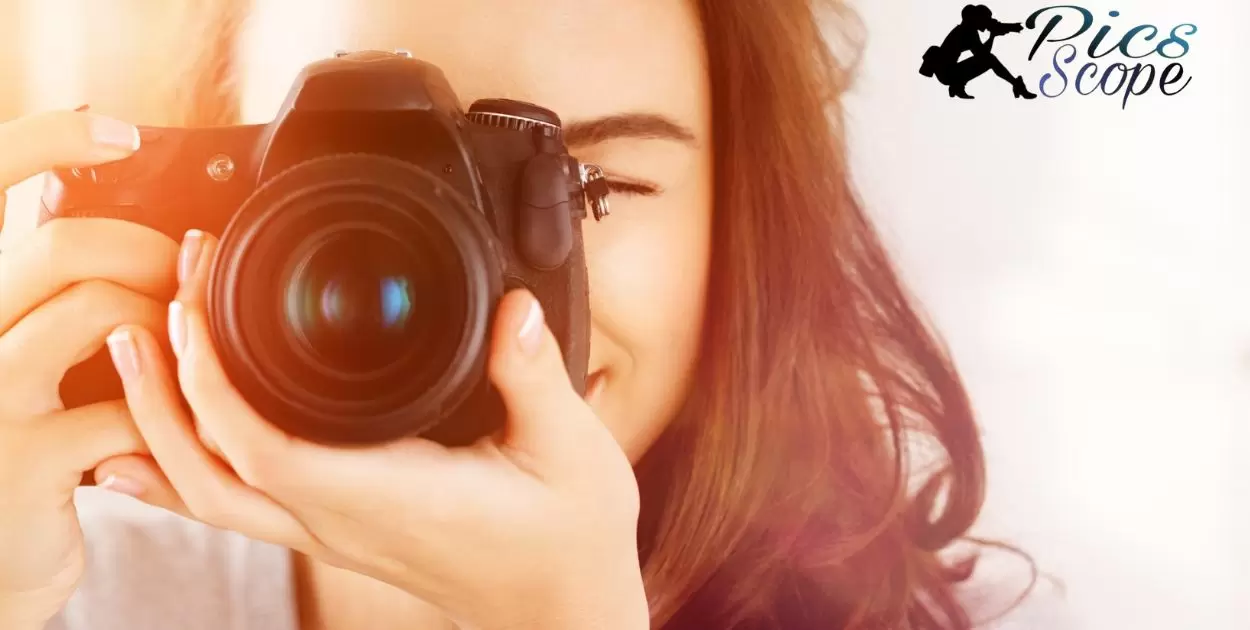Photography is the art and process of capturing photographs. Photographs are images created using cameras. Cameras use lenses to focus light passing through an aperture onto light-sensitive film or digital image sensors. The result is a permanent image or photo of a person, object or scene.
What Is Photography?” This is a question many people have asked themselves at some point. Photography allows us to capture moments in time and preserve visual memories that would otherwise be forgotten. It is a way to record history and tell stories through images.
Photography involves both art and science. Photographers use cameras, lighting and composition to create visually interesting photographs. Advances in digital photography now allow anyone to easily take photos on smartphones and share them instantly online.
What is Photography? A Brief History of the Art Form
Photography began in the 1830s when people first captured permanent images using cameras. Cameras were created that used lenses and light-sensitive chemicals on plates or film to capture real-world scenes.
The first photograph was taken in 1826 by Joseph Nicephore Niepce in France using a primitive camera. Throughout the 1800s, many advances were made including the invention of color photography and handheld cameras.
Early photographers experimented with exposure times that could last for hours. New techniques soon cut this down to mere seconds. The first photo studio was opened in 1841 in Paris. As cameras developed, more people were able to enjoy photography as a new artistic medium and way to document memories. Photography grew dramatically in popularity in the late 1900s.
Photography or Photograph? What’s the Difference Between These Terms?
Photography refers to both the process and art of capturing photographs. A photograph is a single static image captured using a camera. When talking about the field or career generally, it is called photography. When discussing a specific picture, the term used is photograph. Both words relate to the wider umbrella term of still imagery captured on film or digitally.
Some key differences are that photography relates more to the act of picture taking and the techniques behind it. A photograph is the single result or end product of the photographic process. Multiple photographs together compose a photographer’s body of work under their photography. So in short, photography is the process and photographs are the individual pictures.
Types of Photography: What Styles and Genres Exist?
Some primary types include landscape photography of outdoor scenic views. Portrait photography involves taking photos of people often for personal or professional needs. Street photography is captured spontaneously in public. Macro photography is of small objects and insects seen close up. Astro photography shows the night sky and celestial bodies. Underwater photography occurs below the sea surface.
Other genres are commercial, wedding, sports, wildlife and stock photography. Experimental photography bends traditional rules. Infrared photography removes color filters. Some focus on specific themes like photography of flowers, cityscapes or other dedicated topics. Photographers often specialize in one or two major types but also dabble across various styles.
Equipment for Photography: What Do You Need to Get Started?
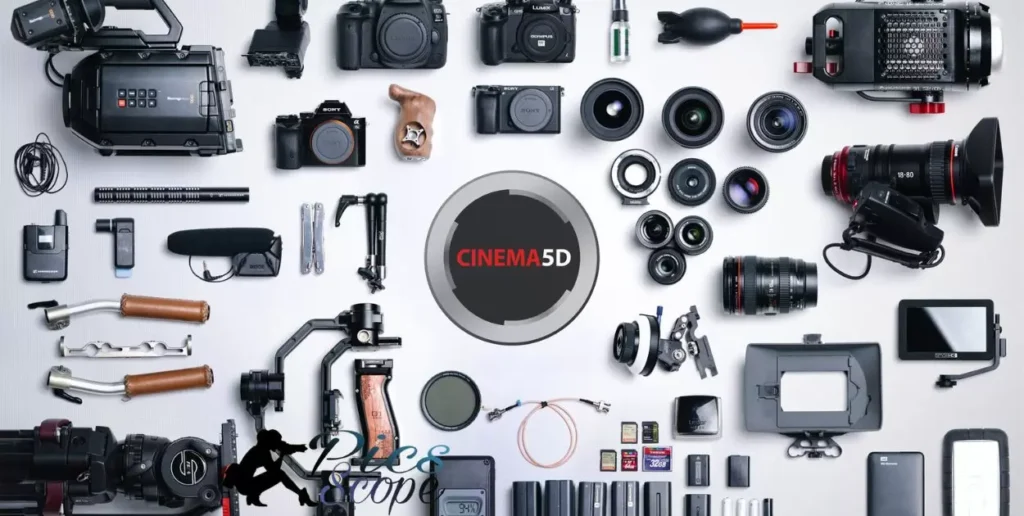
The basic equipment photographers use includes a camera body that houses the image sensor. Most common are DSLR cameras for serious hobbyists and pros. Entry-level options are compact or mirrorless cameras. Additional gear includes interchangeable lenses, tripods, batteries, memory cards and camera bags. As photographers progress, other useful items may include a light meter, remote flash triggers and specialty lenses.
Beginning photographers need only a basic digital camera along with extra batteries and storage cards. Using natural lighting is best while learning basics of composition, lighting and subject matter. As skills grow, lighting modifiers like reflective umbrellas help shape shadows. Tripods keep cameras steady for low-light or long exposure shots. Additional lenses offer more creative control over focal length and perspective
How Does Photography Work? Understanding the Process
When a photo is taken, light enters through the camera lens and reflects off a subject onto the light-sensitive digital image sensor or film. This records the scene’s visible light levels and colors exactly as the eye sees it. In digital cameras, an array of tiny photosites on the sensor conveys light data to be processed and displayed on the screen or printer. Traditional film cameras use light-sensitive chemicals on transparent plastic or cellulose film.
After exposure, film needs chemical development to make the latent image visible. Digital images require no processing, just download to a computer for editing and printing. Advanced cameras automate exposure, focus, ISO and other settings so even beginners get well-lit photos. Photography aims to freeze fleeting moments that the human eye alone could never capture.
How Are Photographs Formed? The Science Behind Image Capture
Photographs are formed through the scientific process of light projection and exposure. Light reflects off subjects and passes through a camera lens, which focuses the light rays and inverts the image. This projected image then falls on light-sensitive photographic material like film or a digital sensor. Materials capture light patterns through chemical or electronic processes.
On film, light strikes and develops dye clouds in silver salt crystal particles. Heating fixes the image permanently. In digital cameras, light energizes millions of photosites to hold electric charge directly proportional to intensity.
A processor converts this analog data into binary digits for processing. Finally, the captured image can be developed, edited, printed or viewed digitally on a screen. This replication of the visible scene makes the invisible visible through scientific principles.
Why Do We Take Photos? Purposes and Functions of Photography
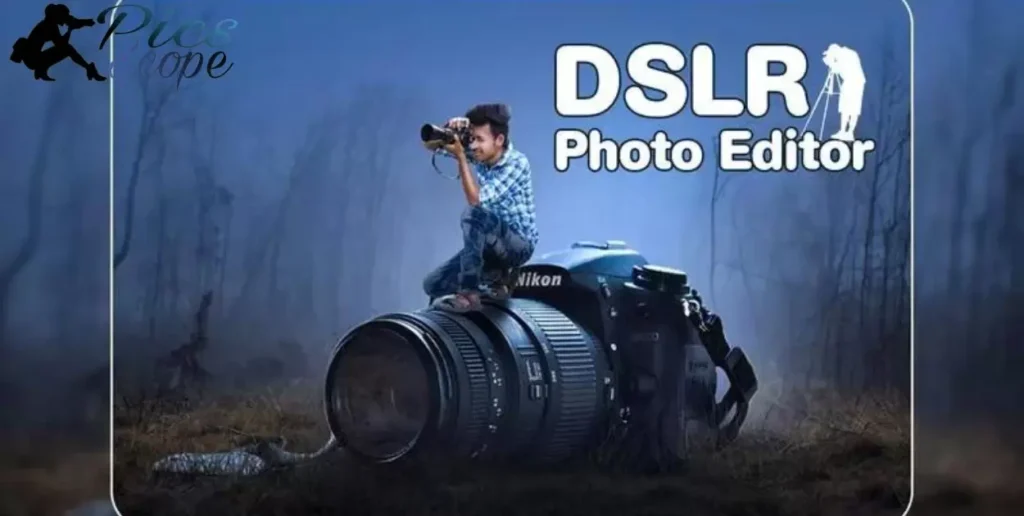
People take photos for many personal and professional reasons. Photography allows us to visually document important milestones and preserve memories that would otherwise be forgotten. Photos capture a moment frozen in time.
This makes photography helpful for historical and educational purposes, like photojournalism. Family photographs also strengthen relationships and cultural heritage by sharing memories across generations.
Professionally, photography serves many industries like product photography for advertising, architecture shots for real estate, event photography like weddings and portraits for business headshots. Individuals enjoy photography as a creative outlet or hobby.
It fuels interests in travel, nature, people and more. Overall, the main purposes of photography are to record and tell visual stories, remember important times and spread information to others.
Who Practices Photography? Amateurs and Professionals
Both amateur and professional photographers actively take pictures. Amateur photographers shoot photos as a fun pastime or to document family histories. Most hobbyist photographers use basic consumer cameras without formal training. Advances in smartphone photography have brought the art form to billions globally as casual snappers.
Professional photographer Make photographers undergo training to gain skills in specialized genres like photojournalism, portraiture, or product photography. They earn income through paid photography work, either as freelancers or employed at media companies.
Skilled professionals have extensive experience and equipment to produce high-quality images efficiently under the deadline. While amateurs shoot casually, some advance their hobby into small businesses.
What Skills Are Important for Photography? Building Your Talents
Important Skills for Photography: Building Your Talents
- Composition: Learning effective ways to arrange subjects, framing shots and using elements like rule of thirds.
- Lighting: Understanding how to use natural and artificial lighting to illuminate scenes properly.
- Camera control: Mastering aperture, shutter speed, ISO settings and other manual controls to capture intented images.
- Creativity: Developing your unique vision and ability to see photo opportunities where others don’t.
- Patience: Willingness to wait for the perfect moment and light when doing genres like wildlife or street photography.
- Post-processing: Experience with editing software to enhance photos through cropping, adjusting tones and colors.
- Subject knowledge: Gaining expertise about popular subjects like nature, portraits or events to capture them engagingly.
- Business skills: Potentially important for professional photographers, such as marketing, licensing and invoice preparation.
- Eye for detail: Noticing subtle aspects that elevate average photos into memorable works of art.
- Passion: Love of photography that drives continuous self-learning, practice and improvement of your craft.
Where Can Photography Take You? Career Opportunities
Photography presents many growing career options. Fine art photography exhibits work in galleries and museums. Photojournalists cover news for publications. Advertising and product photographers produce commercial images. Wedding and portrait photographers specialize in lifestyle imaging. Medical photographers document procedures or microscope samples.
Other areas include nature, travel and sports photography. Photographs support publications, websites, displays and presentations. Careers exist in photo studios, stock agencies, camera retail and printing too.
Photographers can also become instructors or run their own businesses. Emerging roles include drone, virtual reality and augmented reality photography. With experience and portfolio development, photographers have flexibility moving between genres and industries.
How Has Digital Photography Changed the Industry? The Digital Revolution
The transition to digital since the 1990s revolutionized photography globally. Digital cameras replaced film, eliminating costs for prints and needing darkrooms. Images now view and edit immediately on camera screens.
Easy storage and sharing made photography accessible to everyone with internet-connected cameras. Digitization opened up entirely new career fields like social media and smartphone photography too.
Photographers could take unlimited photos for minimal storage card costs versus spending on rolls of film. Software like Photoshop allowed correcting, enhancing and compositing photos on computers.
High digital SLR cameras soon matched film quality and later exceeded it with today’s pro-level hardware. More people worldwide now shoot and enjoy photography as a creative hobby thanks to online communities and technology advancements.
What Techniques and Methods Do Photographers Use? Composition, Lighting, etc.
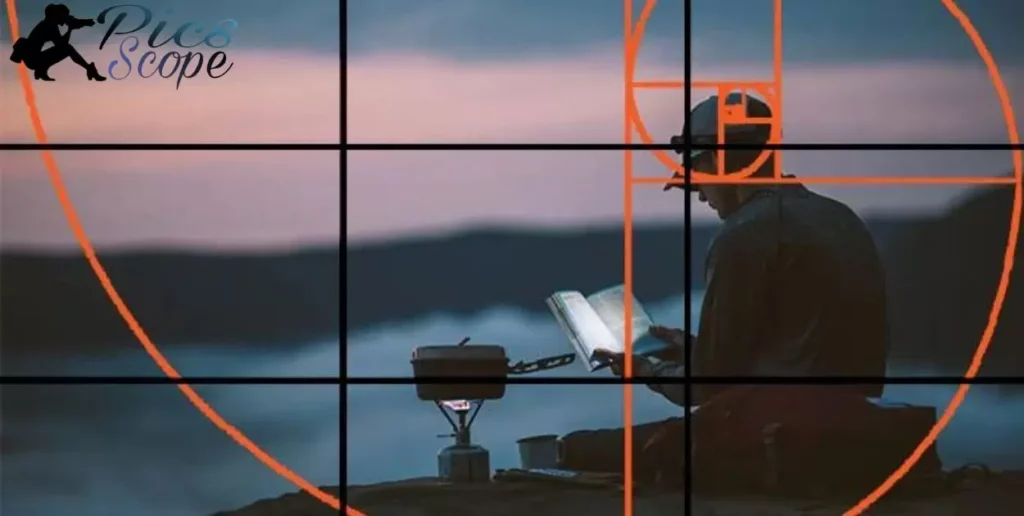
Photographers apply diverse creative techniques for compelling shots. Composition considers element placement, alignment and framing within an image border. Candid expressions are spontaneous while posed shots direct specific emotions.
Photographers control lighting settings like quality, direction and brightness using flash or reflections. Selective focus isolates subjects against blurred backgrounds. Other options include slow or fast shutter speeds to convey motion. Special lenses offer macro, wide angle or telephoto views.
Photographers study topics, like nature or urbanscapes, to immerse in that genre. Composition rules loosen with postmodern styles. Photoshop tweaks perfectly exposures from poor lighting situations. Understanding these methods, materials and processing steps empowers photographers’ visions.
What Are Some Famous Photographers? Influential Names to Know
Photography legends advanced the art form through groundbreaking styles. Alfred Stieglitz pioneered techniques in the early 1900s. Henri Cartier-Bresson captured candid “decisive moments.” Dorothea Lange documented the Great Depression’s impact. Iconic war photographer Robert Capa filmed WWII battles. Annie Leibovitz made major magazine covers an art form.
Landscape masters Ansel Adams embraced the American west and Yosemite. James Nachtwey documented conflicts across Asia, Africa and Europe. Cindy Sherman explored
Photography and Art: How Are They Connected?
Photography is widely seen as both a creative endeavor and an art form. Photographers make artistic choices to creatively capture subjects and convey emotions. Like other art forms, photos can be hung in galleries and examined for their aesthetic qualities and social commentary. Early photographers even considered their work akin to paintings and drawings.
Some pioneering photographers like Alfred Stieglitz played important roles in establishing photography as a fine art in the late 19th century. The connection between photography and traditional art forms continues today. Many artists incorporate photos into mixed media works. Museums collect and display iconic photos the same way they do paintings.
University art programs offer What is photography classes and degrees. Some street photographers even view their work as a type of visual journaling about society. Overall, while photography began as just a creative process to fix images, it evolved greatly to gain acceptance as its own noteworthy artistic expression and continue advancing visually..
Can Photography Be Used for Social Change? Documentary and Activism
Indeed, photography has greatly impacted social issues by documenting important events and bringing awareness to worldwide problems. From the start, photojournalism aimed to visually capture history and record historical turning points using cameras. Perhaps most famously, photographers like Gordon Parks, Margaret Bourke-White and Dorothea Lange highlighted the struggles of the Great Depression and people’s everyday hardships.
Their photos from the 1930s went on to influence government policy by showing the realities of poverty. Later examples include photographs from the civil rights movement that shaped public opinion and challenged racial segregation laws. Today, issues like climate change, war zones and global disease are heavily documented through non-profit organizations and photo agencies.
This raises awareness, informs the public and sometimes sparks social or political change. Used for accountability, photos spread news of human rights violations that might otherwise go unnoticed. Documentary photography remains a powerful way to communicate important messages through moving images alone.
What Are the Different Genres of Photography? Portraits, Landscapes, and More
Some primary genres include portrait photography focusing on people, often for personal or professional needs. Landscape photography features outdoor scenic views of nature and architecture. Wildlife photography captures animal subjects in their natural habitats.
Street photography is spontaneous imagery taken in public open-air environments. Macro photography showcases detailed close-up perspectives of small subjects or parts of larger ones.
Other genres are commercial, fashion and glamour photography serving advertising. Wedding photography memorializes special events. Events photography captures organized gatherings like concerts or sports. Architectural, aerial and drone photography provide distinctive skyline or detailed building perspectives.
Still life photography arranges inanimate objects for composed shots. Forensic photography documents evidence for legal cases. Underwater photography occurs below the ocean surface. Each offers a focused field within the larger domain of visual image making.
How Can I Improve My Photography Skills? Practice Tips and Exercises
Regular hands-on experience is key to progressing skills. Try shooting one type of photo each week, like portraits. Taking more images improves recognizing good compositions. Review photos critically to learn from mistakes. Practice different techniques like panning moving subjects or night sky exposures.
Review camera manuals to fully utilize all features. Slowly increase shutter speed or widen aperture in low light to push comfort zones. Set goals to research areas like lighting gear or editing software.
Ask experienced photographers for advice and feedback on unfinished work. Consider photography as both technical craft and creative art form requiring dedication. With focused efforts consistently applying and expanding skills, abilities rapidly increase over time.
What Are Some Photography Projects I Can Try? Getting Inspiration
Generate unique project ideas by exploring personal interests. Create a series on a theme you find fascinating like specific animals, urban decay or your hobby. Photograph your town from a new perspective by shooting only manhole covers or pavement cracks up close. Document everyday objects in unique ways like a worm’s eye view of cityscapes.
Compile images telling visual stories without words. Experiment with slow shutter speeds to show waterfalls as smooth flows. Blend photography with other media by making photomontages or pairing shots with poems. Photograph a panoramic landscape stitched together from multiple shots.
How Do I Become Better at Photography Critique? Developing an Eye
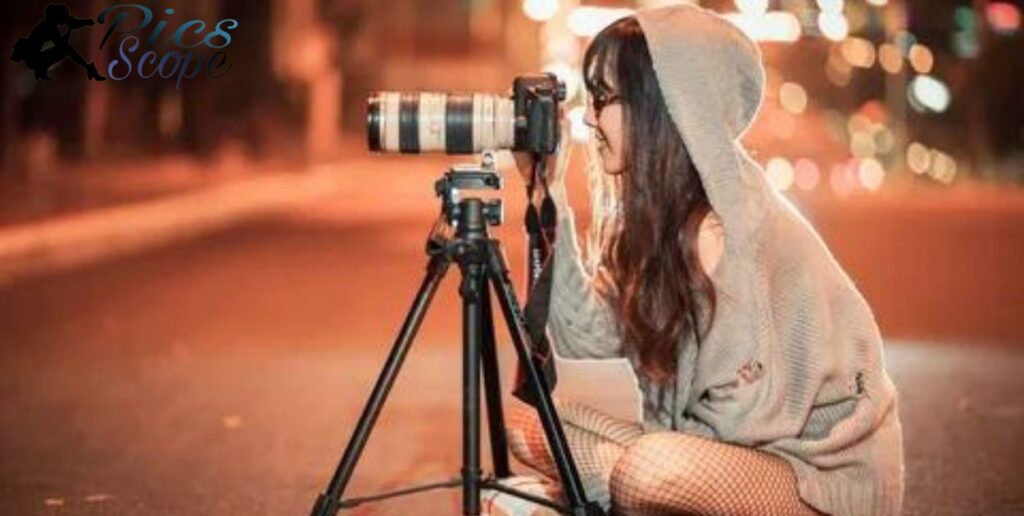
Critiquing your own and others’ photos forms crucial evaluation skills. Identify technical flaws or aspects like unlevel horizons first. Then analyze artistic aspects such as flow, balance, use of space and emotional impact. Study how successful photos draw and hold attention. Ask what visual elements attract or detract from the scene’s purpose. Consider if used creative choices suit the goal.
When reviewing others’ work, give both positive and constructive feedback politely. Suggest potential areas for improvement respectfully without demands. Participate in local photo club critiques or online forums.
View prestigious contests to see award-winning photos’ attributes. Read articles dissecting pros’ photos philosophically. With open-minded study of diverse styles, the trained visual “eye” enhances one’s own imagery and helps others strengthen their craft.
What’s the Future of Photography? Where Is the Industry Heading?
Rapid technology changes continually transform photography. Miniaturized cameras make lightweight “mirrorless” systems. Camera phones’ sensors and lenses improve image quality greatly. Drones enable paramount aerial views. Advancing AI assists automatic scene recognition and editing.
Virtual and augmented reality systems layer realistic computer enhancements atop live footage. 360-degree cameras capture immersive panoramas. 8K ultra-high resolution equals some film formats. As photography infuses virtually every career and hobby, its influence remains monumental. Connectivity spreads photos virally worldwide.
Cloud storage freely stores massive image libraries. Speedier processors instantly handle retouching. Photography education will stay essential wherever visual content appears. Its future unfolds endlessly across science, entertainment, journalism and more through continual melding with emerging tech applications. The industry stays vibrant through ongoing innovation.
FAQ’s
What is photography in art?
Photography is both an art form and a form of visual fine art.
What is photography in criminology?
Photography is used as evidence in criminology and forensic science, such as recording crime scenes and fingerprinting.
What is photography used for?
Photography is used for personal and family memories, news and journalism, product advertising, social media sharing, and more.
Why photography is important?
Photography allows us to document history, communicate visually across distances and preserves memories that would otherwise be lost to time.
How to pronounce photography?
“fo-tog-ruh-fee” with the t sounding like an unvoiced “t” as in “photo.”
Conclusion
Photography is the art of capturing moments with a camera. It allows us to freeze time and preserve memories in visual form. Photography is not just a hobby; it’s a powerful means of communication, self-expression, and storytelling.
In today’s digital age, photography has become more accessible than ever, enabling people to share their perspectives globally. Whether through social media or personal albums, the impact of photography on our lives is undeniable. In essence, photography bridges gaps, transcends language barriers, and immortalizes the beauty of the world around us.
